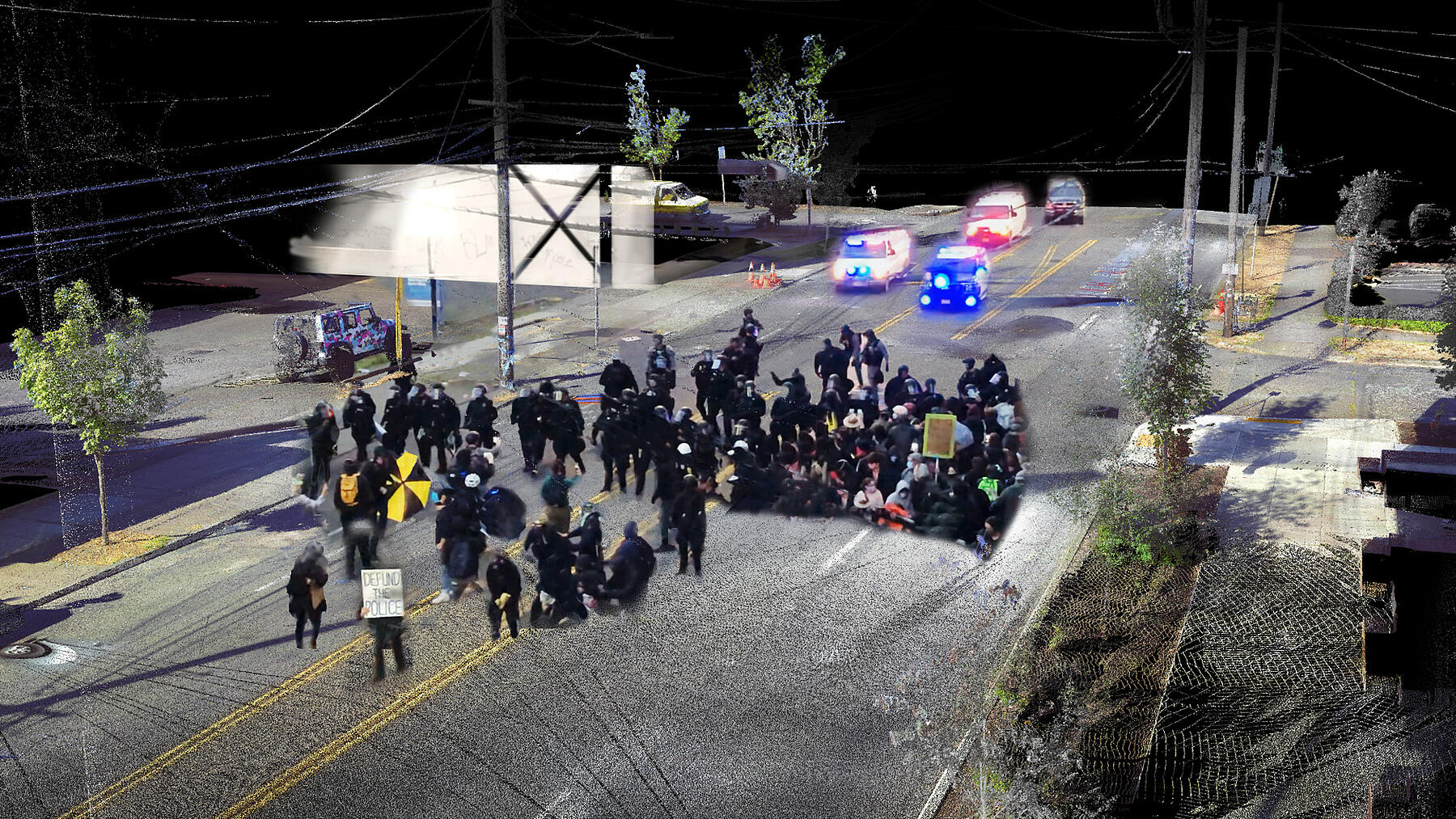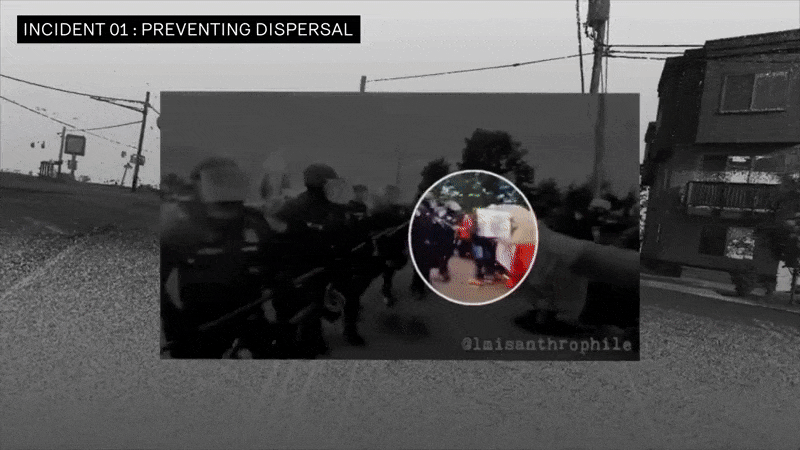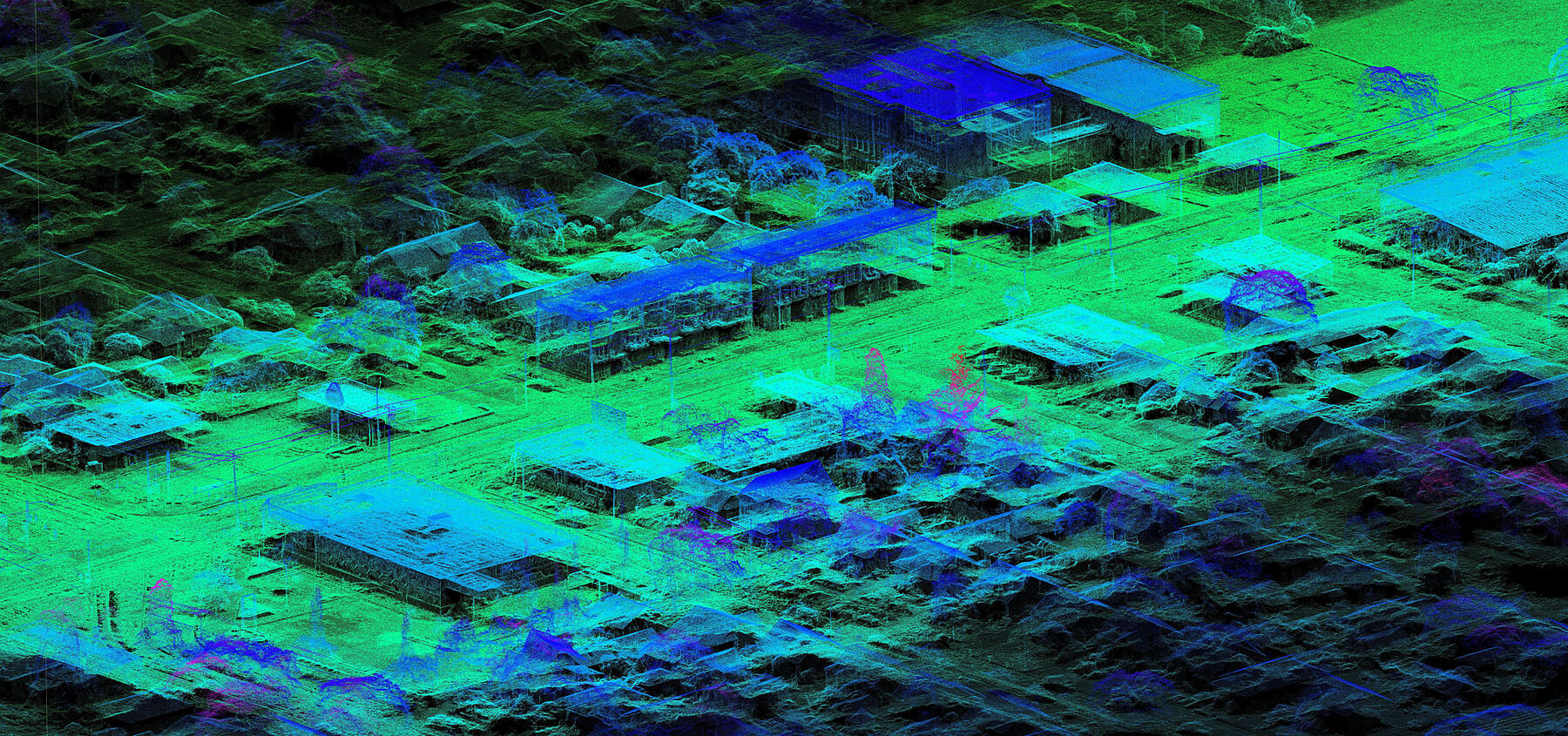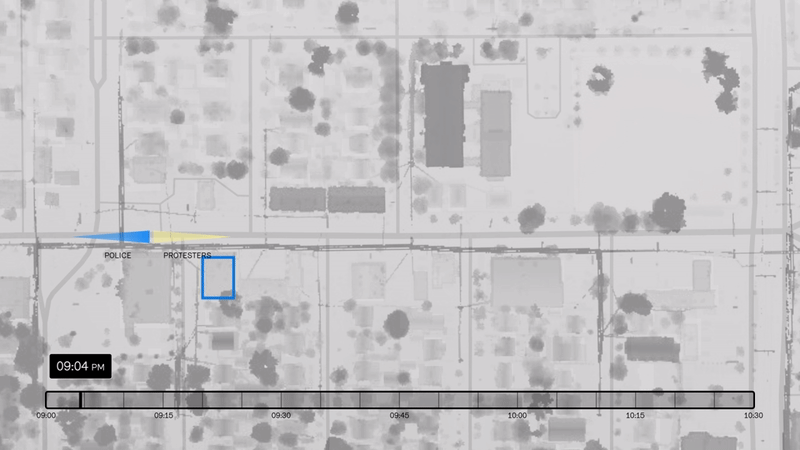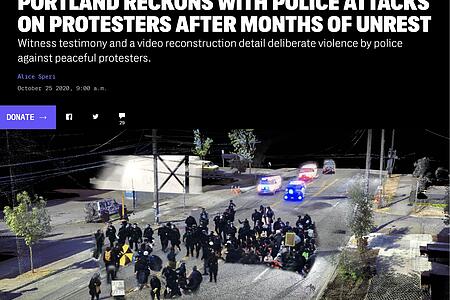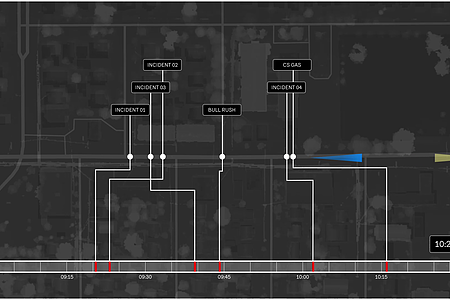Portland Protest Reconstruction
A detailed analysis used in U.S. Federal Court to hold Portland police accountable for violating restrictions on the use of “less-lethal” weapons
Collaborators
Don’t Shoot Portland, Oregon Justice Resource Center, Levi Merrithew Horst, Albies & Stark
Location
Portland, OR
Completion
2020
In the wake of the police killing of George Floyd on May 25, Portland saw sustained Black Lives Matter protests and some of the most violent police responses seen in the U.S. The Portland Police Bureau’s actions were characterized by such aggression that, in response to a lawsuit from police accountability group Don’t Shoot Portland, a federal judge issued multiple rulings limiting the police’s use of tear gas and other less-lethal weapons.
As protests continued days after this initial ruling, the Portland Police Bureau continued to use impact munitions fired from FN303 rifles, 40mm less-lethal launchers, pepper spray, batons and tear gas. This spurred Don’t Shoot Portland to file another motion asking for the same judge to hold the city in contempt for violating the injunction. Their legal argument was centered on a June 30th protest outside the headquarters of the Portland Police Association (the Union representing most of Portland police). Notably, the evening was well documented by a multitude of firsthand video sources and livestreams.
In preparation for the case, SITU Research was commissioned by Don’t Shoot Portland, and their legal team—the Oregon Justice Resource Center, Levi Merrithew Horst and Albies & Stark—to produce a reconstruction of the night’s events. Our analysis was then used in court to provide context and access to the large number of citizen videos documenting the protest that evening.
This work also leveraged a range of reconstruction tools and methods. Point cloud processing software was used to combine drone photogrammetry and laser scans into a high resolution point cloud model of North Lombard St. and its environs—the epicenter of the night’s violence.
By reviewing footage of the protest and aligning visible landmarks in the videos with equivalent features in the model, we precisely located camera positions as well as individual protesters and police officers. By cross-referencing audio signatures between video assets, we reconstructed a global timeline of the night’s events. This process allowed us to study the incidents of police violence in a spatially and temporally accurate digital reconstruction.
Having built a digital reconstruction of the event, our process then shifted to address specific legal requirements of the court proceedings. Of the numerous instances of violence perpetrated by police officers that evening, Don’t Shoot Portland’s legal argument focused on nine individual uses of force clearly captured in the evidentiary assets. Each use of force is legally defined as a single action perpetrated by police against an individual, such as the firing of a single round of pepperball munition from a FN303 rifle, or a single strike with a baton.
Our analysis provided the context to answer one specific question: was each use of force justified by an imminent danger to an officer’s well-being and life? Our reconstruction enabled the viewer to follow the targeted protester back in time, through multiple vantage points, to establish whether they posed a direct danger to an officer in the scene. By meticulously combing through and pulling the relevant footage, our analysis presented the necessary facts and context for the federal judge to make a ruling.
Five months later, the court released an unprecedented opinion ruling in favor of Don’t Shoot Portland and other protesters, finding the City of Portland and Portland Police Bureau in contempt of court. The opinion, issued by Chief United States District Judge Marco A. Hernández, identifies three instances where officers’ use of force was unwarranted, and thus violated the restraining order. The full opinion can be read here.
“It gives a really good overview for people to understand what’s going on, the movement of the police and the protesters, and the violence, and it’s in real-time so you can actually see what’s happening,” said Don’t Shoot Portland Board President Tai Carpenter, as interviewed by The Intercept. “It will show a lot of people what we’ve been saying, that it was all unprovoked.”
At a time when police accountability is at the forefront of public discourse, our work seeks to expand the scope of scrutiny to include how police are using “less-lethal” weapons such as batons and plastic bullets. To understand the full extent to which law enforcement is responsible for violence during public protests requires investigating these less-lethal weapons with the same rigor and scrutiny as that of lethal weapons.
Most importantly, our methodology takes seriously those voices that are often sidelined in discussions of protest repression. In such chaotic social events, we often rely on qualitative narratives to understand what happened. Too often the dominant narratives stem from positions of power, invariably justifying their actions. In contrast, this court hearing represents one of the first times since May 2020 where Black Lives Matter protesters were able to voice their experience in the judicial system, and be heard and validated by the rule of law. We are proud that our analysis provided a platform through which their claims could be supported.
